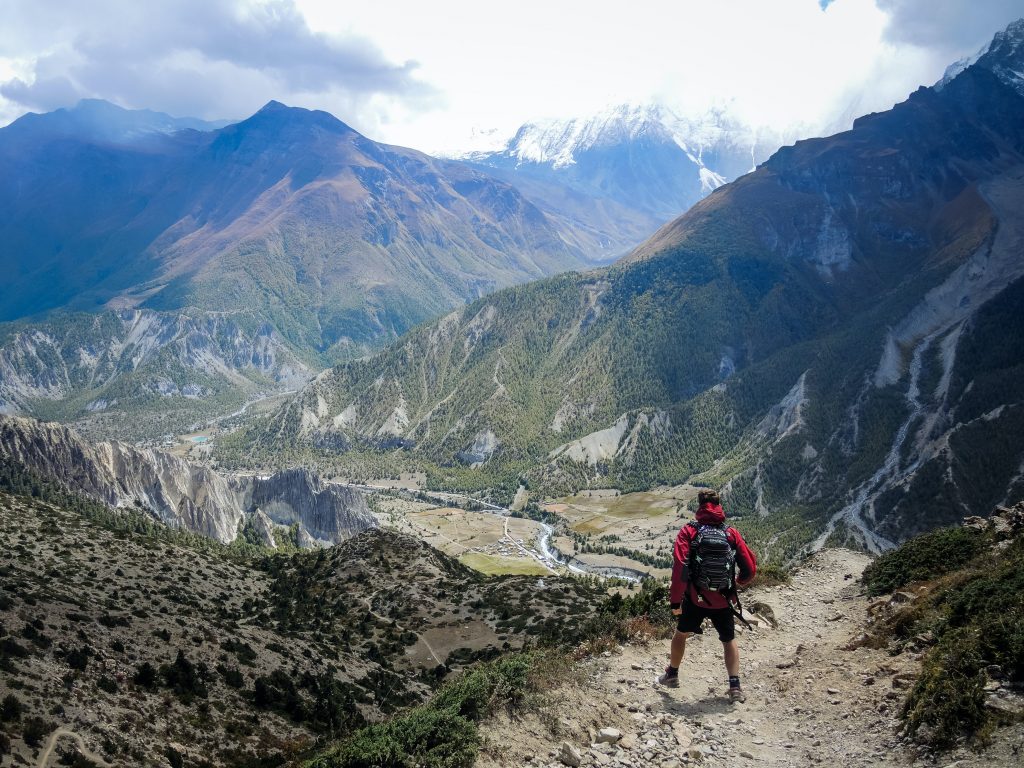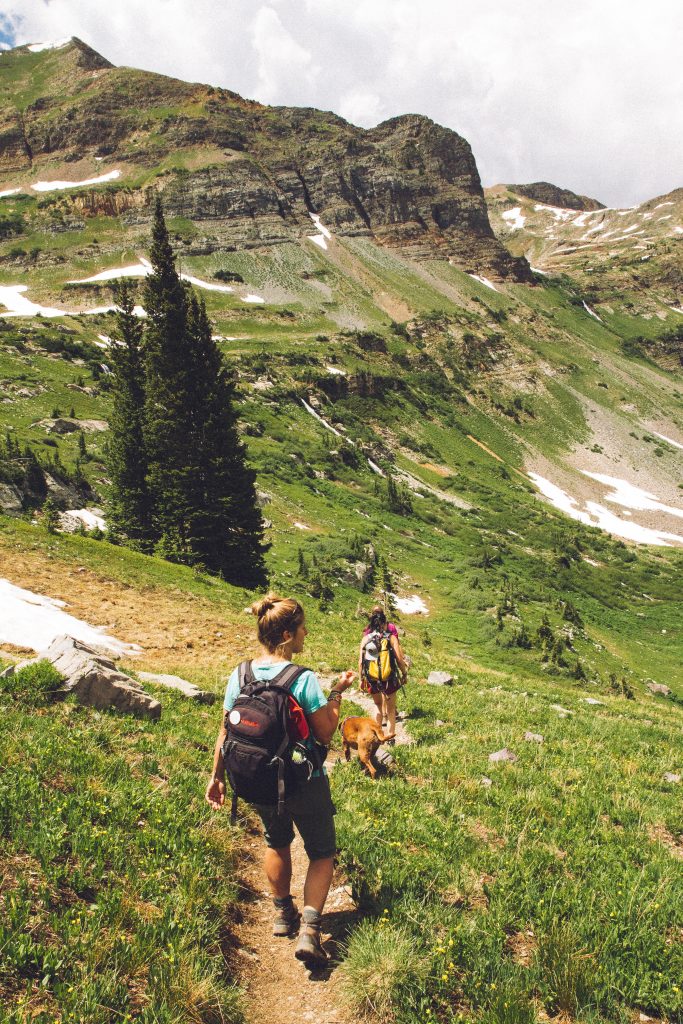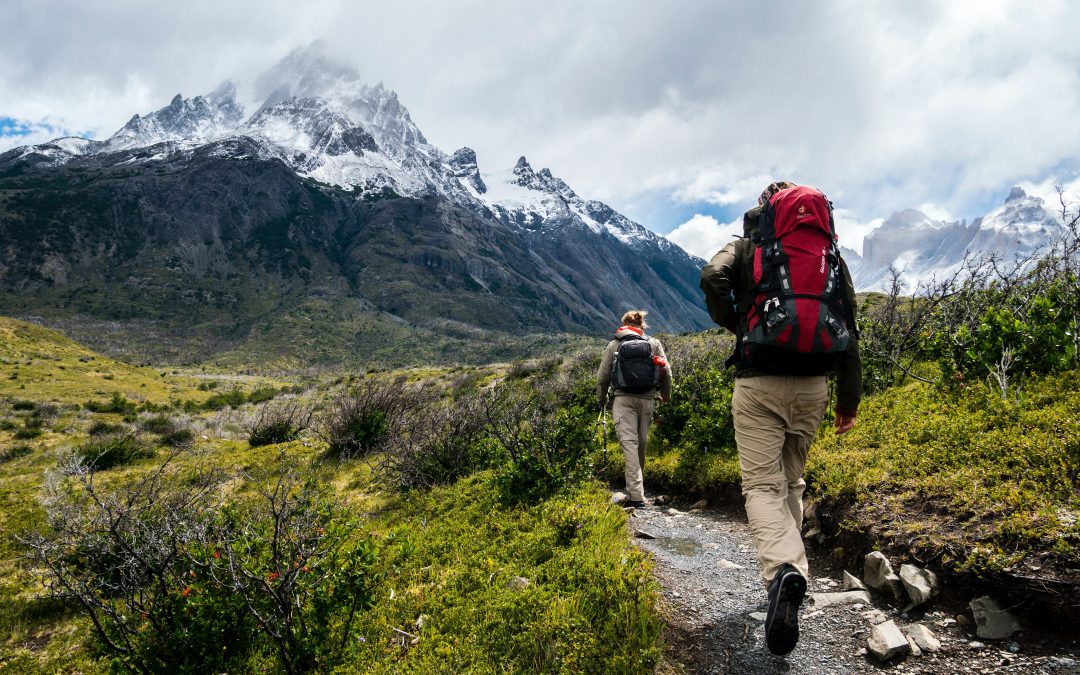Whether or not your hiking trip will be adventurous and memorable depends on how well you have planned everything. Adventurous is a nice word, but we would not enjoy unpleasant surprises like getting lost, encountering hazards, and going through dangerous routes that you don’t know of. Therefore, I highly recommend you prepare well ahead of time for the best experience. If you’re a beginner, check out these 10 essential tips first.
However, if you have little or no experience in hiking before, you must not know the preparation and planning part of it. It is not enough to only prepare your food and clothes in a backpack. Packing is a totally different problem. Apart from packing and preparing yourself, you should plan your hiking route. It is a crucial step especially if you are not familiar with the hiking area. That is why I have compiled some of the best tips you should know for planning your hiking route. After all, preparing for your hiking trip should be easier than choosing an ottoman pull out bed.
1. Prepare your maps
It is an obvious one, but not a lot of people take this tip seriously. You must already know that you should bring your smartphone after installing an application with maps. However, make sure that the app works offline since you won’t always have an internet connection in the mountains. It also would not hurt to bring a GPS device or GPS watch. Smartphones, GPS devices, or GPS watches are easy to use as you won’t spend much time or effort looking up where you are.
Even though smartphones, GPS devices, or GPS watches can be enough, you should also bring a printed map as electronic devices are not always reliable. They might break and run out of batteries, etc. Do not risk only bringing one type of map. When buying a printed map, make sure it is up-to-date and one of the most detailed maps. You wouldn’t want to miss any information like river crossings and cliffs.
2. Prepare to avoid any unnecessary issues

As I have mentioned above, you wouldn’t want any unpleasant surprises. So check the weather and temperature on the day you are going hiking. It is crucial to know about the place’s natural hazards first. Check whether there is a potentially falling rock, flood, thunderstorm, and so on. In order to know about them, ask people who have hiked through that route before or maybe check out some websites and travel blogs.
The weather and the natural hazards highly depend on the season. If it is winter, you might encounter huge snow blizzards and slippery places. If it is spring, then you might encounter some muddy places (from personal experience). Therefore, double-check the weather while making yourself aware of potential hazards. Lastly, do not forget to prepare the appropriate clothes and boots.
Plus, you should also check if there is any water source available along your trip. If there is, you can leave some of your water bottles for a lighter backpack. If there is no water source, make sure to bring enough water.
3. Estimate the time

How many days or hours will you be hiking is another key thing you should plan carefully. If you don’t have any experience with mountain trekking, it takes a lot of time and you will have to rest a bit from time to time. However, estimating the time is not always about the distance of the route. It highly depends on the person’s previous experience or fitness level.
So if you are an amateur hiker, plan your route around places that have fewer hazards, and simple paths. By doing so, you will prevent any problems like hiking through difficult paths and spending more time than you have planned. You would not want to hike until it gets dark as it gets more dangerous.
Finally, you should definitely ask people with experience, while try hiking through different places to get more experience yourself. Remember that planning and preparing are the key parts of any type of trip.

